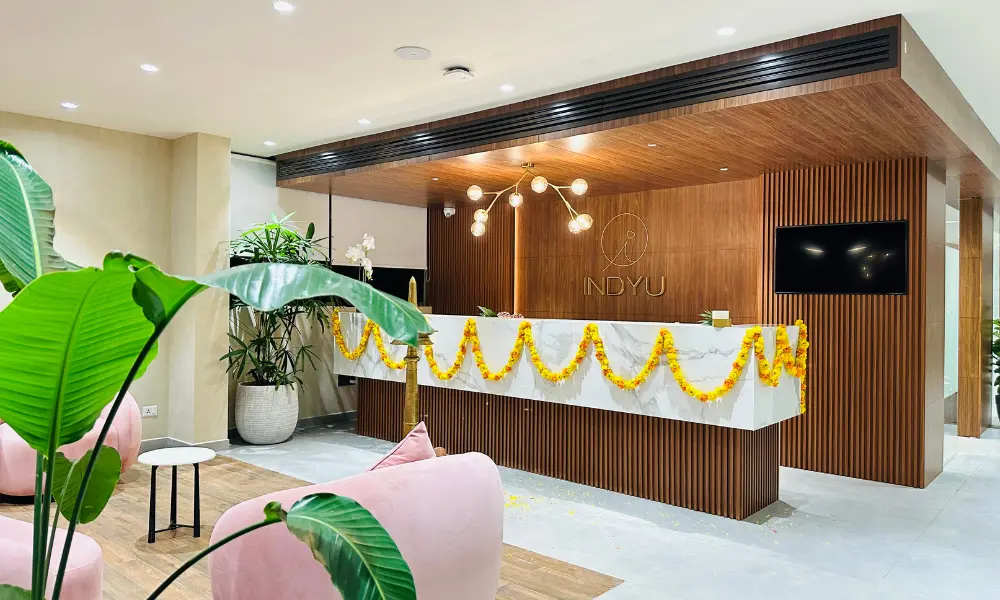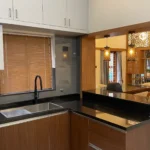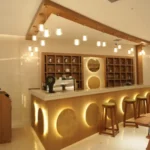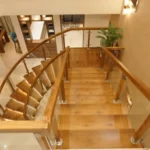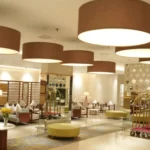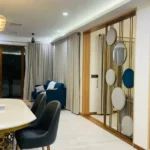In today’s fast-paced business world, your office interior is more than just a space—it reflects your brand, enhances productivity, and influences employee well-being. A well-planned modern office interior design merges aesthetics with functionality, creating an environment where creativity and efficiency thrive. Whether you’re setting up a new workspace or revamping an old one, here’s everything you need to consider.
1. Understand Your Brand Identity
Before choosing any design elements, ensure that your office design reflects your brand values.
-
A tech startup might prefer an open, minimalistic layout.
-
A legal firm may require a more formal, structured setup.
Tip: Use brand colors, logos, and textures subtly in furniture, walls, and décor to reinforce your identity.
2. Embrace Open Layouts
Open floor plans are a key feature of modern offices. They promote collaboration, transparency, and flexibility.
Benefits:
-
Encourages teamwork
-
Maximizes natural light
-
Saves space
But also consider:
-
Noise control using acoustic panels or rugs
-
Dedicated zones for private discussions or focus work
3. Prioritize Natural Lighting and Ventilation
Studies show that natural light improves mood, focus, and energy levels.
Key Elements:
-
Use glass partitions to allow light flow
-
Place workstations near windows
-
Opt for light, reflective surfaces and colors
4. Ergonomic Furniture is a Must
Comfortable and adjustable furniture is essential for employee well-being and productivity.
Look for:
-
Ergonomic chairs with lumbar support
-
Adjustable desks or sit-stand desks
-
Cable management systems for cleaner desks
5. Smart Space Planning
Plan the layout based on the workflow. Think about:
-
Entry and reception areas
-
Work zones (team-based or individual)
-
Meeting rooms and breakout areas
-
Pantry and relaxation spaces
Tip: Use space-saving furniture and multi-functional elements where possible.
6. Integrate Technology Seamlessly
Modern offices rely heavily on tech. Design should support:
-
Video conferencing setups
-
Charging docks and Wi-Fi routers
-
Smart lighting or energy-saving systems
-
Digital booking systems for rooms
7. Use Biophilic Design Elements
Adding natural elements improves mental health and aesthetic appeal.
Ideas:
-
Indoor plants or green walls
-
Natural wood or stone textures
-
Indoor water features (minimalist)
8. Focus on Acoustics
A visually stunning office can still be a productivity killer if it’s too noisy.
How to improve:
-
Use sound-absorbing panels, ceiling baffles
-
Carpets, acoustic wall art, and partitions
-
Quiet zones for focused work
9. Breakout and Wellness Areas
Modern office design isn’t just about work—it’s also about creating spaces to recharge.
Ideas:
-
Lounge area with soft seating
-
Meditation or nap pods
-
Game zone or wellness corner
10. Sustainable & Future-Proof Design
Sustainability is a growing priority in office interiors.
Incorporate:
-
Recycled materials or eco-friendly furnishings
-
LED lighting and energy-saving devices
-
Modular layouts that can evolve with company growth
Conclusion
A successful modern office interior design is not just about following trends—it’s about creating a space that supports your team, represents your brand, and adapts to your business needs. By blending functionality with aesthetics, you can build a workplace that inspires creativity, collaboration, and long-term growth.

